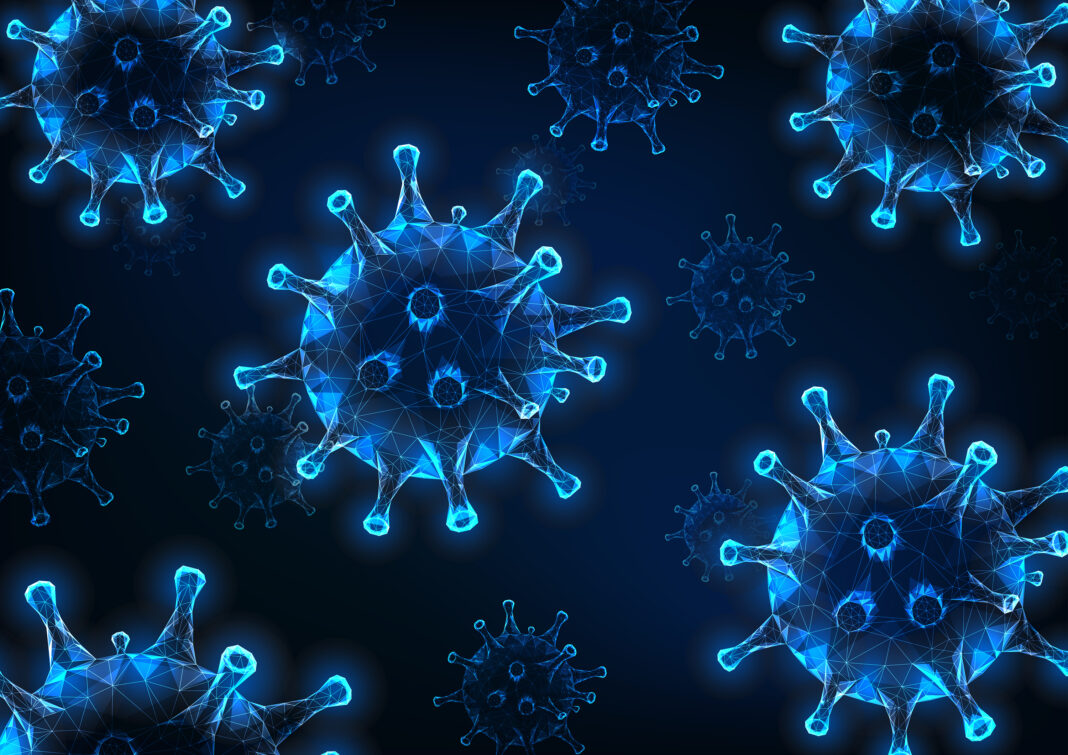
As the world emerges from the pandemic and we anticipate a near-term future filled with joyous reunions, restaurants, and concerts, there will be a strong and understandable desire to put the past 18 months in the rearview mirror. There will be a day when quarantining at home will be a distant memory and people will begin to focus on what feels like a new normal.
Edmund Burke and Winston Churchill had it right though—if we ignore the past 18 months because it is unsavory to dwell on the difficulties, we’re going to end up back where we started with an epidemic or even another pandemic. Not only would that be a preventable disaster, but it would unnecessarily hamper our time for making giant leaps forward into a future served by science, one that could make our existence the most healthy and prosperous time in human history. While our new normal is rapidly approaching, we must not turn a blind eye to what we’ve learned and instead recognize how genetic engineering and biotechnology brought us to this point with huge potential for near-term breakthroughs.
Our emergence from the COVID-19 crisis is riding on the tailwinds of historic scientific achievements in biotechnology. The prospect of fighting disease and ensuring a continuous, uninterrupted supply chain of the products we need every day is within our grasp. This isn’t science fiction: we can do it right now. The advances in biotechnology that have helped us combat the invisible threat of COVID-19 can be applied to many other diseases as well. Simultaneously, these valuable new technologies used for pandemic defense and enhanced biosecurity can also create less obvious economic opportunities through a set of new paradigm shifts.
Shift 1—Acceleration from scientific breakthrough to therapeutic deployment
Traditionally, it takes years if not decades to produce a new vaccine for the general population. The use of engineered nucleic acids as a platform technology shortened this timeline to deliver precision interventions through accelerated design, build, and test cycles. This technological shift alone produced the current solution in months, and when combined with accelerated regulatory review, led to the mRNA COVID-19 vaccine being delivered within a year. We might expect novel solutions produced within 30–60 days, especially when combined with rapid sequencing of pathogens and new methods of antibody discovery.
This initial step opens the door to increasing the speed to intervention by building on the nucleic acid platform and designing a variety of constructs that precisely encode for cells to produce the correct antibodies for combatting some of the most challenging genetic diseases such as hereditary blindness, blood disorders (e.g., sickle cell disease), and neurological conditions (e.g., amyotropic lateral sclerosis).
Shift 2—Point-of-care personalized therapeutic design, manufacturing, and delivery
The design, build, and test platform of Shift 1 leads to advances in point-of-care medicine. If a person feels unwell, they can visit a clinic where the doctor assesses the problem. Here they develop, almost immediately, a therapeutic remedy.
On-demand pharmaceutical production in a point-of-care “box” could form the basis for the new-normal of health care. Sequencers, fermenters, and nucleic acid printers are becoming smaller and more robust for use in non-laboratory settings where they can produce the therapeutic on demand. By using nucleic acid research, gene editors, and modulators, as well as new delivery technology that targets specific cells, genes, and systems, those therapeutics will get to where they need to go. The COVID-19 pandemic has made this technology more accessible and mainstream for the general population, regulators, and scientists alike. Because the most effective vaccines against this disease use mRNA delivery methodology, we are now accustomed to using DNA and RNA approaches to problems.
Shift 3—Unified, proactive approach to pandemic prevention
The global impact of the pandemic impacted life in some way for almost every person on the planet. While the national security community has predicted the threat of pandemics (natural or engineered) for decades, the implementation of accompanying pandemic prevention technology has been slow or non-existent. The U.S. government—the only organization with the size and scope to take a holistic approach to this possibility—should champion the creation of a biosecurity and pandemic prevention system. This would need to be a fully integrated network of urban/rural sensors, intelligent data processing, supply chain/intervention production, and field deployable teams to curtail the infectious disease in real time. The approach would combine ultra-sensitive assays into a system that would detect biologic threats, rapidly mobilize biotechnology solutions as a fire break, and quickly develop medical countermeasures to contain pathogenic threats before they develop into pandemics.
Biology is adaptable, persistent, and distributed, and biotechnology can be designed with similar attributes to create a network of global systems armed with constantly evolving technology to monitor ecosystems from the continental scale to individual buildings.
What the three shift paradigm could mean
This brings us to the economic potential of synthetic biology and nucleic acid research. It could underpin the supply chain in the United States, which was badly exposed as less-than-robust when the pandemic began. Remember when store shelves were barren and frontline workers couldn’t get proper personal protective equipment to allow them to safely conduct their duties? Our way of getting goods was interrupted from unexpected angles.
But if we use genetic engineering to produce materials in a distributed fashion across the country, we could easily prevent future shortages. Traditional materials and chemicals are made in factories—with pipes and smokestacks and chemists and engineers working inside. With synthetic biology, a much smaller facility needs only bioreactors with programmable microbes. These microbes can be programmed to create different products and medicines, and if they’re being produced in a distributed manufacturing system, we’ll all be healthier and happier.
This new system can create critical reagents for testing and medical supplies; on the consumer scale, it could produce such things as plant-based meats and other foods. We could even produce materials needed for roads and bridges. All of this could come from synthetic biology.
If we band together to use integrated data from persistent surveillance, team it with genomic science for rapid, precise responses and distribute this biomanufacturing capability across the United States, we will jump several rungs on the developmental ladder. Economically, the same technology that operates at the core of the pandemic prevention system also contributes to new products and services that would drive new industries, opportunities, and enable workforce development capable of meeting threat challenges.
I believe it is time for biotechnology to shine. We can emerge from this pandemic better than ever by leveraging what we’ve learned and creating new biotechnologies and infrastructures to develop bold bioeconomic opportunities that create new jobs and industries that help us thrive and prevent future pandemics.
Justin Sanchez, PhD, is a technical fellow at Battelle and former director of the DARPA Biological Technologies Office. Email: [email protected]



